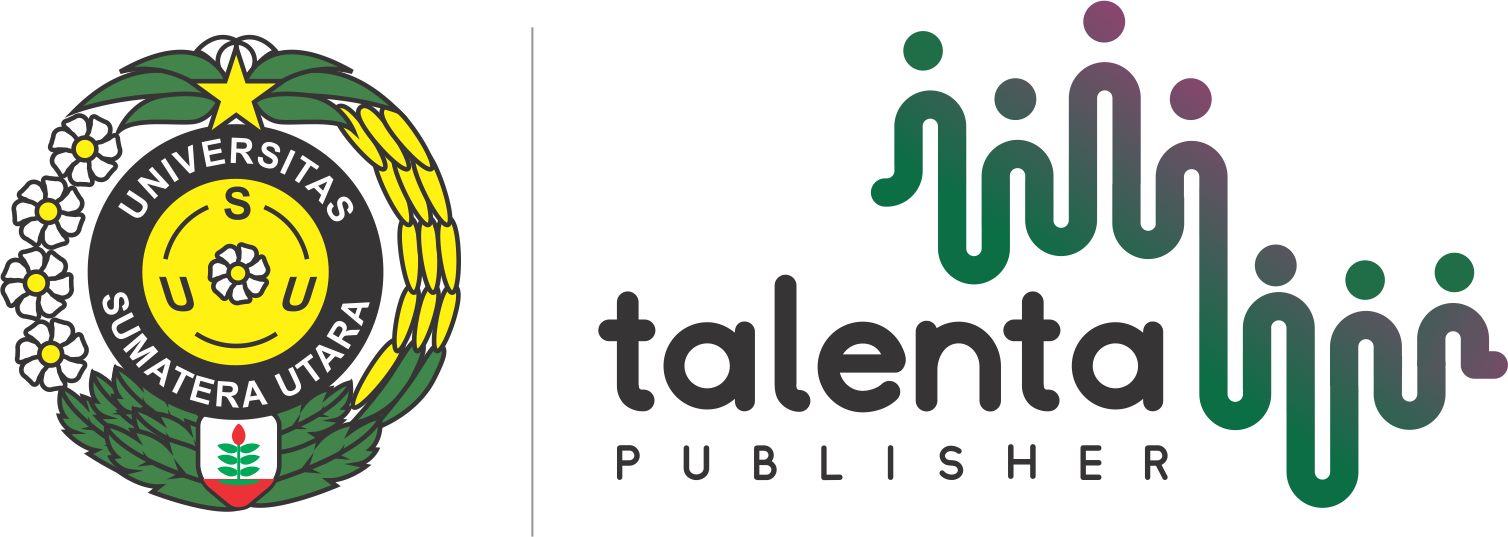Risk and Protective Factors of Anxiety in Nurses During the COVID-19 Pandemic: A Systematic Review
DOI:
https://doi.org/10.32734/ijns.v6i2.17828Keywords:
Nurse, COVID-19, Anxiety, Protective, RiskAbstract
The COVID-19 pandemic has significantly impacted nurses, exposing them to challenges that have affected their overall well-being. Most nurses have experienced psychosocial problems, including anxiety. This study aims to identify the protective and risk factors associated with anxiety among nurses during the COVID-19 pandemic. A systematic review was used as a method in this study. Eight databases were used Science Direct, PubMed, CINAHL, Embase, ProQuest, Scopus, Taylor & Francis, and JSTOR. The literature search was conducted using keywords derived from the Medical Subject Headings (MeSH) framework. The search terms included: Nurses OR "staff nurses" OR "healthcare professionals", AND "factors associated with anxiety" OR "risk factors" OR "protective factors", AND "COVID-19" OR "COVID-19 pandemic". The data were further analyzed by critically assessing the quality of the articles using the JBI and CASP checklists. The research articles included in the review were cross-sectional studies published between 2020 and 2022, written in English, available in full text, and specifically focused on protective and risk factors for anxiety. A risk of bias assessment was conducted using the Joanna Briggs Institute quality assessment checklist. A total of 33 articles were reviewed, revealing two primary themes of protective and risk factors: internal and external factors. Internal factors included variables such as age and gender, while external factors encompassed aspects such as hospital status. Based on the findings, it is recommended that hospitals implement mental health and psychosocial support interventions as promotive and preventive efforts to improve the nurses' psychological well-being.
Downloads
Downloads
Published
How to Cite
Issue
Section
License
Copyright (c) 2024 Caring: Indonesian Journal of Nursing Science

This work is licensed under a Creative Commons Attribution-ShareAlike 4.0 International License.








